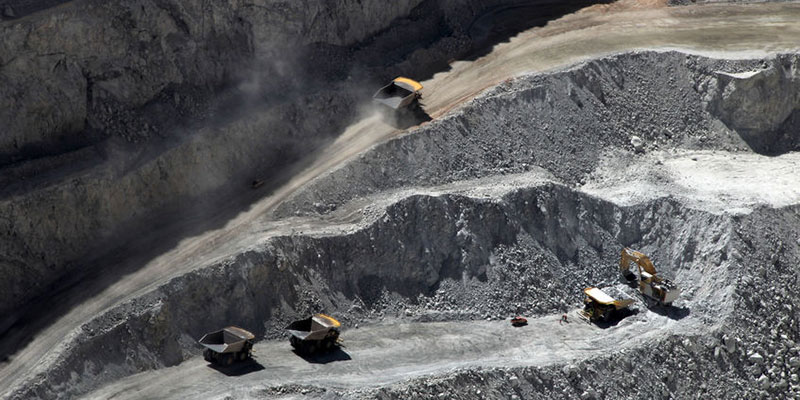In late 2019, desalinated seawater made up 20% of mining water use in Chile, the world’s largest copper-producing country.
With improvements in technology, desalination is becoming more viable both to provide source water and to treat process water
Water access is a problem that must be overcome when starting or enlarging any mining project, and a lack of sufficient water in arid regions can be a deal-killer. Another water problem associated with mining (especially coal mining) is that wastewater is often too saline for discharge without great harm to the environment.
Enter desalination. Its cost was long considered prohibitive for use in mining, but now, between new cost-efficient desalination technology and skyrocketing water costs and regulation, desalination in mining is becoming more viable.
Desalination Harvests Useful Minerals
Every year, Polish mines routinely discharge saline wastewater (brine) containing 4 million metric tons of salt into rivers of the Upper Silesian Coal Basin. On the Vistula River, which supplies 55% of Poland’s water, brine discharge causes $100-250 million in damage annually.
The new Zero Brine pilot plant at the Polish Bolesław Śmiały coal mine, however, seeks to solve the problem with a combination of nanofiltration, reverse osmosis (RO), and electrodialysis. The model calls for recovery of clean water, salts, magnesium hydroxide, and calcium that can be sold. After its commissioning in July 2019, the pilot has been able to desalinate 400 L/h of brine while extracting useful minerals.
Desalination in South American Mines
The worst Peruvian and Chilean drought in more than half a century is now entering its 10th year. Most freshwater demand in the region is from the agricultural sector, but, in a bold move to address the country’s water scarcity, Chile has banned fresh water use in mining.
While the implications of the decision are uncertain, many desalination plants, mostly in the Atacama Desert, have now been initiated to turn the country’s limitless seawater supply into water suitable for the mining sector. In late 2019, desalinated seawater made up 20% of mining water use in Chile, the world’s largest copper-producing country. Twelve large-scale desalination plants are now treating water for the sector, with 15 more in the planning stage. Seawater use in Chilean mining is expected to triple between 2018 and 2029 with a mean annual growth rate of approximately 12%.
New Desalination Technologies
In the mid-2010s, desalination underwent a fundamental change when upgrades to RO desalination radically brought down the cost of desalinated water. Combining the more efficient desalination technology with containerized packaging has also made decentralized desalination practical in even remote terrain where mining operations often are situated. With the desalination plant built into a weatherized steel shipping container, simple delivery and connection replaces a lengthy planning and construction process that was once necessary.
One example of this can be found in Fluence’s NIROBOX™ line of Smart Packaged plants, which are available for seawater and brackish water desalination, as well as for freshwater purification. Their compact size, energy-efficiency, and automated operation make them the perfect choice for remote sites.
Fluence also offers NIROFLEX, a desalination system that uses pre-engineered building blocks for reverse osmosis, as well as pretreatment blocks for ultrafiltration and multimedia filtration.
Contact Fluence to learn how to achieve your water treatment goals with efficient packaging and financing models for virtually any region in the world.

